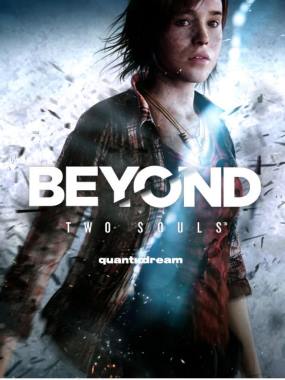


Other times, however, it drove me crazy: the game prompted me to bump an analog stick in a certain direction to progress Jodie’s actions in what was basically a cutscene. Sometimes that fact was a good thing: I got to make some choices and take my time looking around some of the areas. One such reason is because it felt more like an interactive movie than a game to me. BTS was a difficult game for me to review for a couple reasons. This asymmetry between the two players’ playtime was not what bothered me the most about BTS, however. It’s a truly asynchronous co-op mode, with Jodie certainly getting at least 80% of the playtime. In co-op mode, controller one controls Jodie and controller two controls Aiden however, the exact same effect could basically be replicated with one controller just passed between two people as Aiden and Jodie cannot be active in the game at the same time. In single-player, during certain story moments the player can switch between the two linked characters Jodie (a girl or young woman, depending on the timeline) and Aiden (a mysterious spirit that is bound to Jodie). Does it hold up to the hype? Let’s find out.īeyond: Two Souls (henceforth, BTS) supports both a single-player and co-op mode, but the two modes are pretty much as identical as they can get. As such, it should come as no surprise that their latest game, Beyond: Two Souls was greatly anticipated. Quantic Dream drew much attention three years ago with their critically acclaimed drama/adventure game, Heavy Rain.


 0 kommentar(er)
0 kommentar(er)
